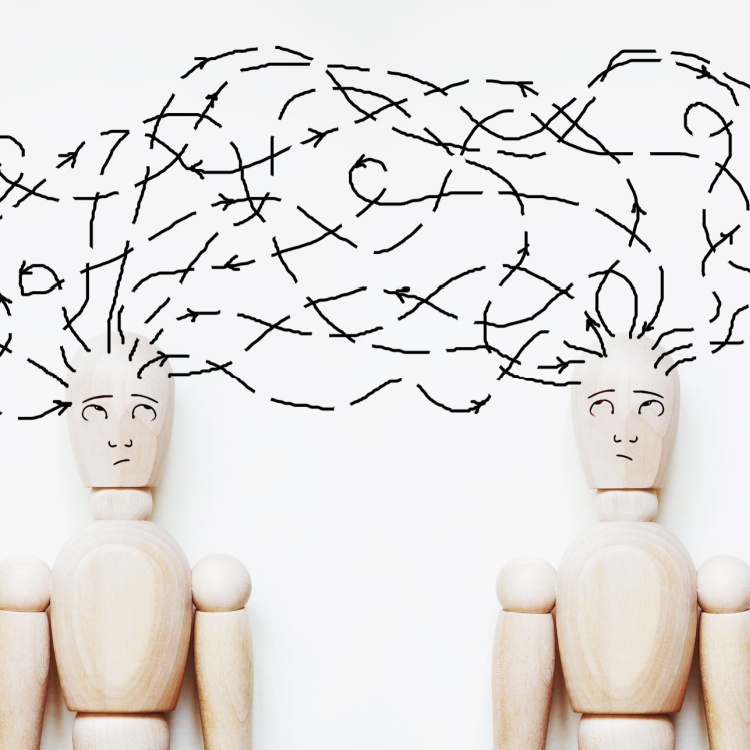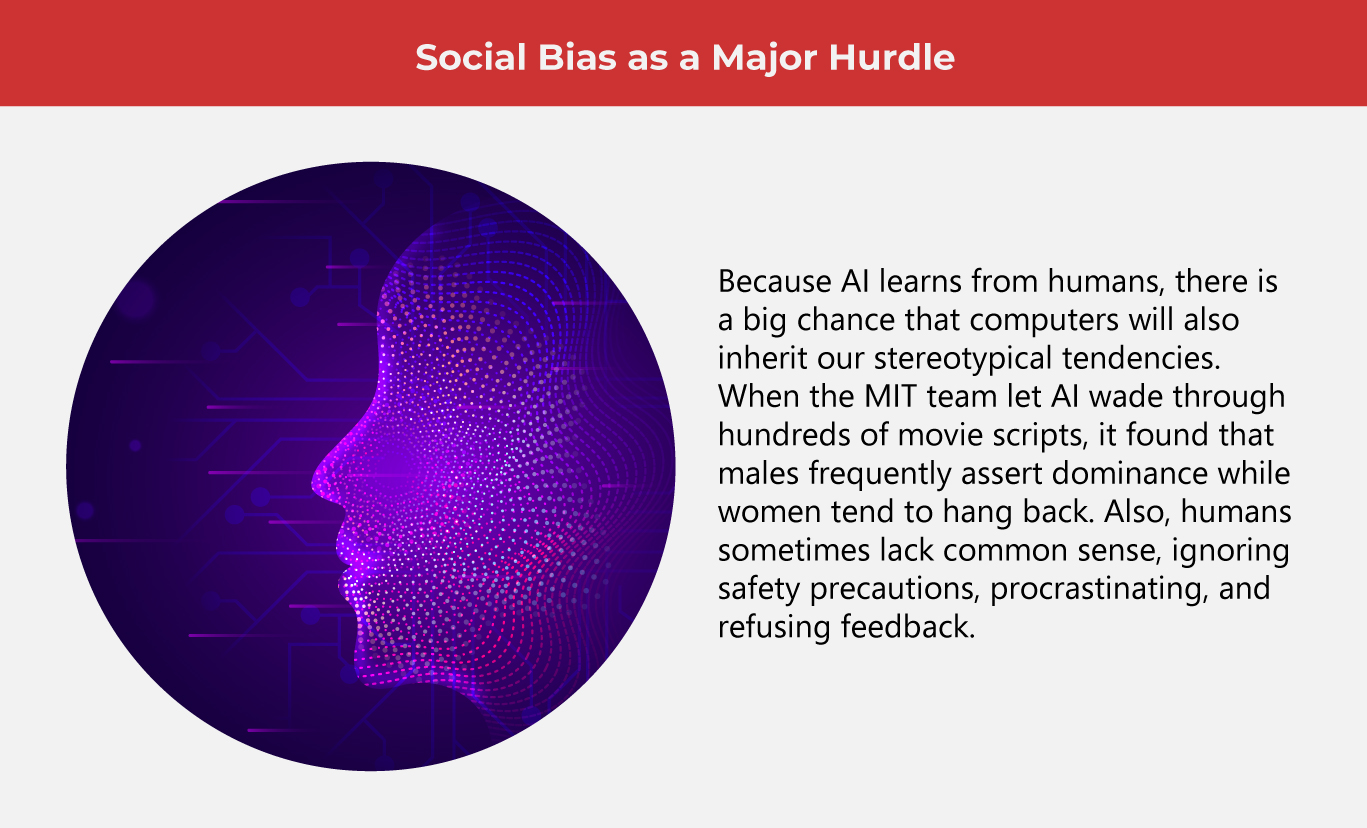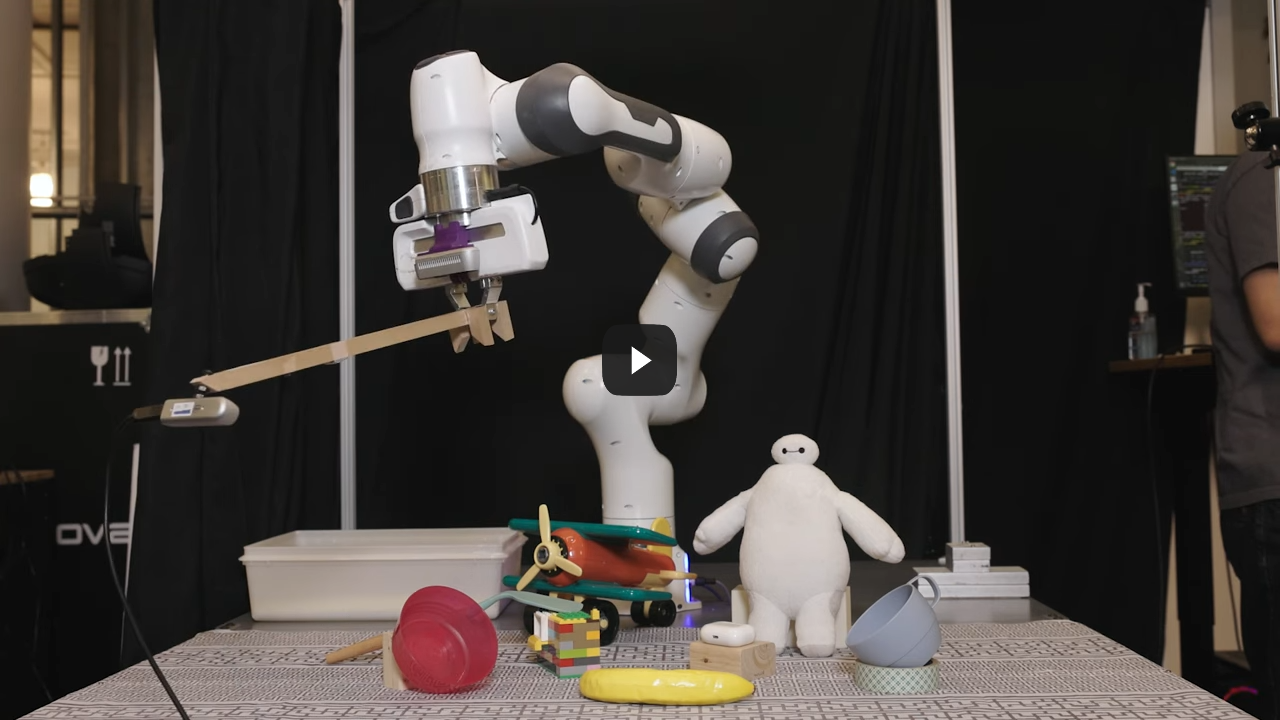AI Gets a Common-Sense Boost

Scientists from the Massachusetts Institute of Technology (MIT) have unveiled their latest framework that aids robots in achieving tasks through what we humans call "common sense". But is it possible to teach machines this human ability?
Language is an essential component of learning, which is why MIT researchers have chosen it as their basis for creating a system that boosts artificial intelligence's (AI) cognitive abilities. MIT engineers developed the Grounding Language in Demonstrations (Glide) framework, which allows robots to utilize and process information produced by extensive language models. This way, robots can better comprehend and perform tasks.
Robots are typically manually programmed to execute tasks. Sometimes, humans demonstrate to robots the skills the latter needs to learn. The Glide framework streamlines these procedures through automation. How does this work? The large language model translates human instruction into a step-by-step process with essential details. These include contexts, particular locations, and other key characteristics to help the robot better understand its environment.
The model then matches these comprehensions to the robot's capabilities, recommending the best methods and possible pitfalls. Because of this information, robots can grasp the constraints and specifics of the task.
The downside? The framework needs numerous trial-and-error steps in a controlled setting to accumulate insights on executing each task.
Common Sense: The Missing AI Element
Humans are known for their common sense, the fundamental ability to distinguish, comprehend, and assess shared elements across humanity that don't merit dispute. These common-sense judgments, which are the foundation of our assertions and actions, comprise our knowledge of the physical world, human behavior, and universal facts.
Because of common sense, we can fully appreciate and comprehend our environment, respond accordingly to unexpected events, have meaningful dialogue, and learn new things. In contrast, AI isn't as multifaceted as humans. It typically adopts a tunnel-vision approach when applying solutions, choosing the best option and excluding other possibilities.
While pumping some common sense into machines makes sense, the endeavor is fraught with challenges. Common sense is filled with ambiguities, making it hard to pin down and program. While AI excels in specific tasks, such as analyzing trends and playing video games, it often fails in "corner cases," defined by researchers as situations that aren't typical or expected. For instance, an AI-driven stock market analysis tool may struggle to respond to extraordinary events like a global financial collapse. As a result, it may continue trading based on old patterns, leading to monetary losses.
Robotic common sense remains limited and highly specific despite machine learning advancements. Existing systems require meticulous programming and training for each scenario. Still, if AI is given the kind of comprehension humans possess, it can boost its real-world functionalities, which already exist in global manufacturing and the automotive industry via autonomous vehicles.
Equipping AI With Common-sense
Researchers have been trying to develop machine common sense as early as the 1970s and 1980s. But technologies then weren't up to the challenge.
In the 1990s, when the foundation for AI advancements was being laid, potential safety issues urged sociologist Amitai Etzioni to investigate machine understanding. In a paper he co-penned in 1994, Etzioni mentioned that the root cause of AI safety problems is that machines do not understand the concept of harm. This type of comprehension requires knowledge of an individual's demands, beliefs, and preferences.
Fast-forward to today, and AI has made leaps and bounds, driving real-world systems like smart homes, robotics, and virtual assistance. With such increased dependence on AI, developing its common sense becomes imperative. Thanks to continuous breakthroughs, this goal is more feasible. Machine learning is more advanced, while researchers are streamlining their data-feeding processes, helping AI expand its abilities.
Here are other significant steps in cultivating AI common sense:
-
Cyc
Since 1984, logic experts have been working on Cyc, an encyclopedic system that contains common-sense rules based on how the world operates. Accepted truths, when combined with others, create logic that dictates acceptable action. For example, Cyc is fed with the axioms "Roads are slippery when wet" and "Tires with worn treads have less grip on wet roads." Combined, the deduction "There is an increased risk of aquaplaning if you use old tires" is formed.
Still, some researchers consider Cyc's method to be old-fashioned and painstaking. In this age of automation, machine learning technology rules in services like Siri and Google Translate, which identify patterns in massive data volumes. Another recent example is Generative Pre-trained Transformer 3 (GPT-3), which scours through text from the Web. By identifying linguistic configurations, it can create human-sounding writing.
However, other experts point out that despite Cyc's tedious process, the rules it has amassed throughout the decades are nothing to scoff at. The result is a potentially powerful software that enables real-time analysis of complex human expressions.
-
Machine Common Sense (MCS)
Launched in 2019, the MCS is a partnership between the Seattle-based bioscience research organization Allen Institute and the Defense Advanced Research Projects Agency (DARPA). This US$70 million initiative adopts a two-pronged approach. The first is experience-based learning, wherein AI solves problems in virtual settings.
Scientists have partnered with developmental psychologists to help AI learn like infants—manipulating objects, navigating spaces, and recognizing objects. The other strategy develops common sense by perusing the Web, building a database of everyday knowledge. This database can respond to questions relating to common experiences.
-
THOR
THOR, short for "the house of interactions", is a product of MCS. Because the program needed a virtual laboratory that lets AI learn from experiences, Allen Institute researchers developed THOR. According to its website, THOR incorporates interactive elements and backdrops that follow real-life physics. For instance, a virtual ball, when dropped, mimics its actual physical properties like mass and bouncing height. Doors can be ordered closed, lights turned on and off, and food heated in a microwave oven. The environment also lets different character types perform various tasks to display collaboration.
-
Glide Framework
As mentioned, this MIT-initiated framework uses large language models. One of these is GPT-3, which was tasked with producing millions of believable, everyday statements illustrating motivations, outcomes, and causes. Human reviewers discovered that statements generated by the system embodied common sense 83% of the time. Glide has also gathered a database of short videos, which train AI’s deduction based on images.
-
Winograd Schema Challenge
Hector Levesque of the University of Toronto created this challenge in 2011 to improve AI's societal and physical comprehension. AI can learn to navigate language ambiguity by interpreting sentences with unclear pronouns. An example is "Tina baked a cake because it's Peter's birthday. Who received the cake?" While people can easily follow the train of thought, computers may find it challenging.  As AI common sense continues to develop, the best thing for now is to rely on our own. But with each milestone, we take one step closer to a future where AI has broadened its perspective on common sense, including immense knowledge and its relevant application.
As AI common sense continues to develop, the best thing for now is to rely on our own. But with each milestone, we take one step closer to a future where AI has broadened its perspective on common sense, including immense knowledge and its relevant application. As one of the Top 20 EMS companies in the world, IMI has over 40 years of experience in providing electronics manufacturing and technology solutions.
As one of the Top 20 EMS companies in the world, IMI has over 40 years of experience in providing electronics manufacturing and technology solutions.
We are ready to support your business on a global scale.
Our proven technical expertise, worldwide reach, and vast experience in high-growth and emerging markets make us the ideal global manufacturing solutions partner.
Let's work together to build our future today.
Other Blog


